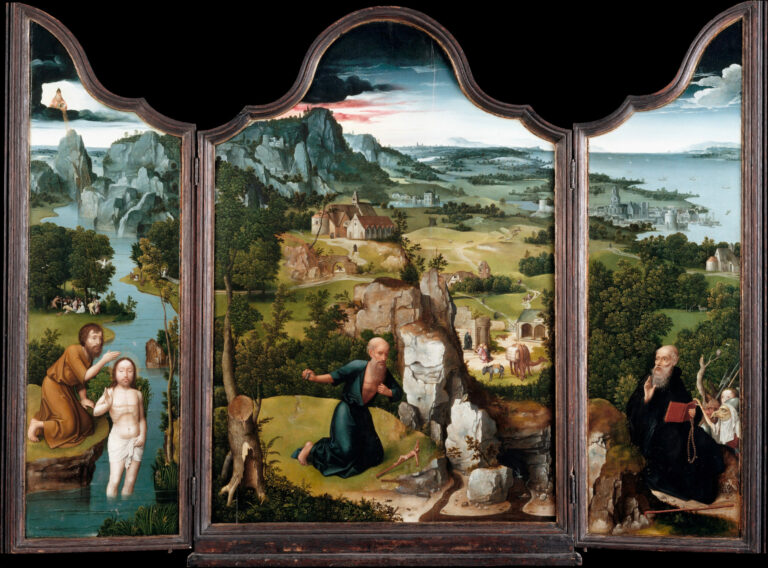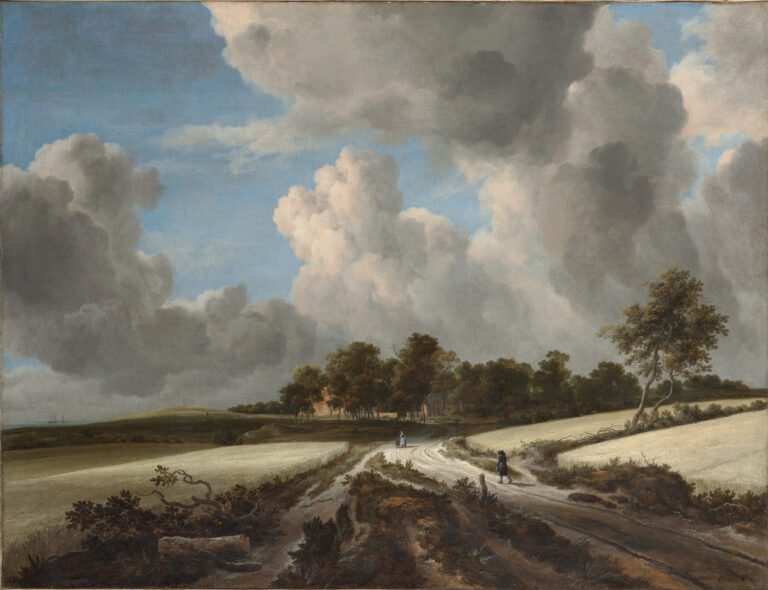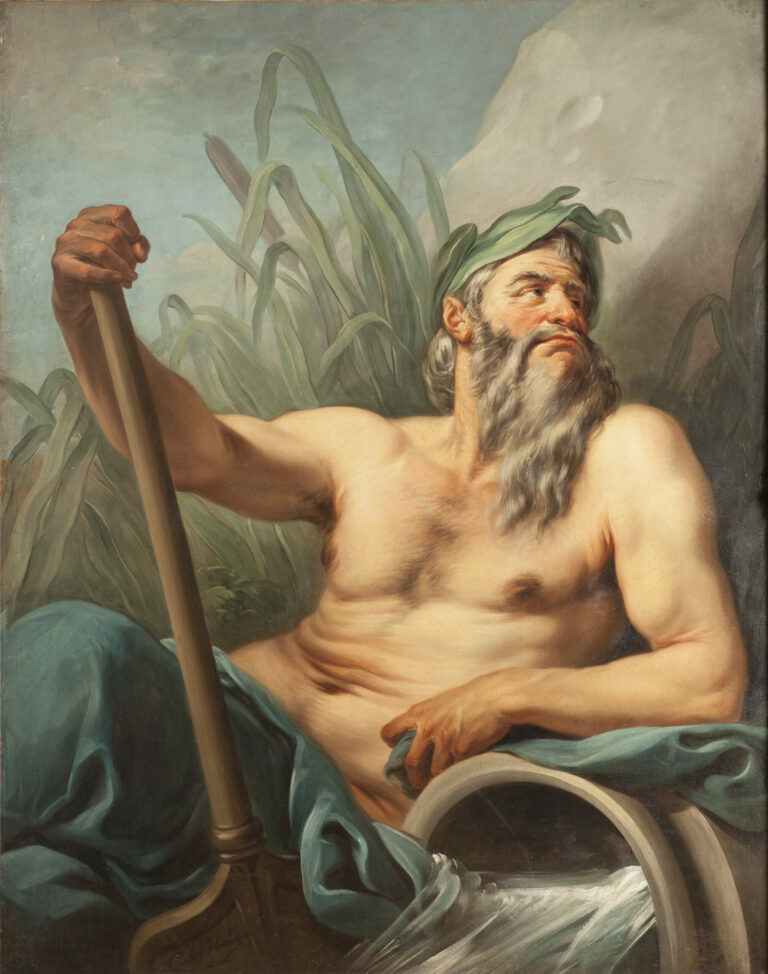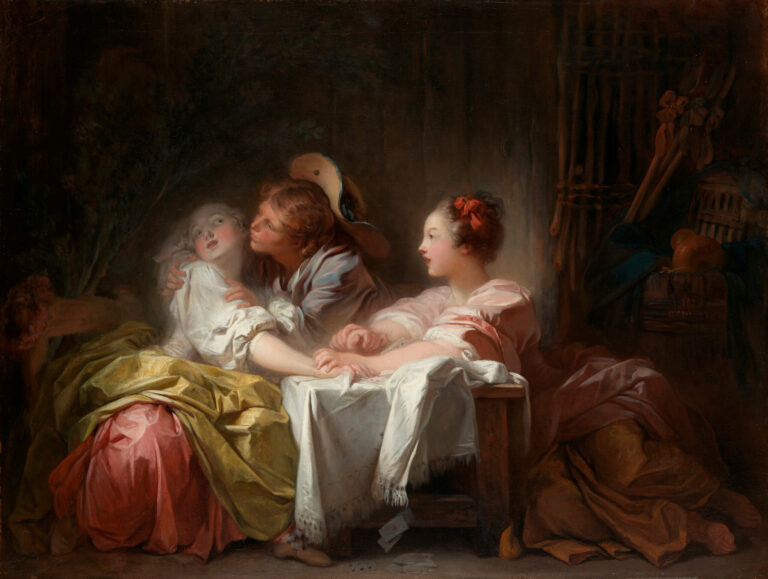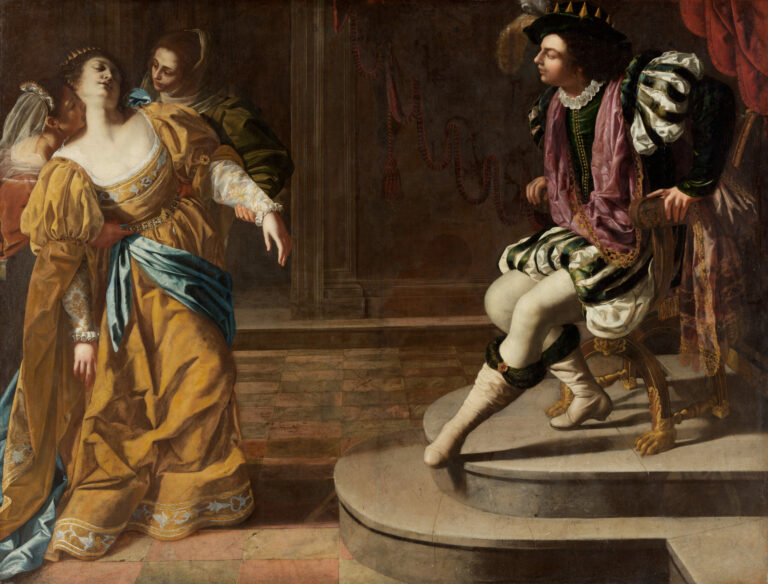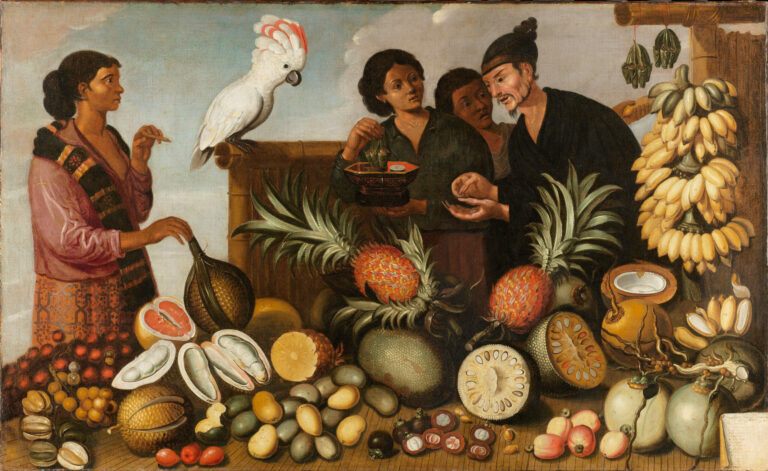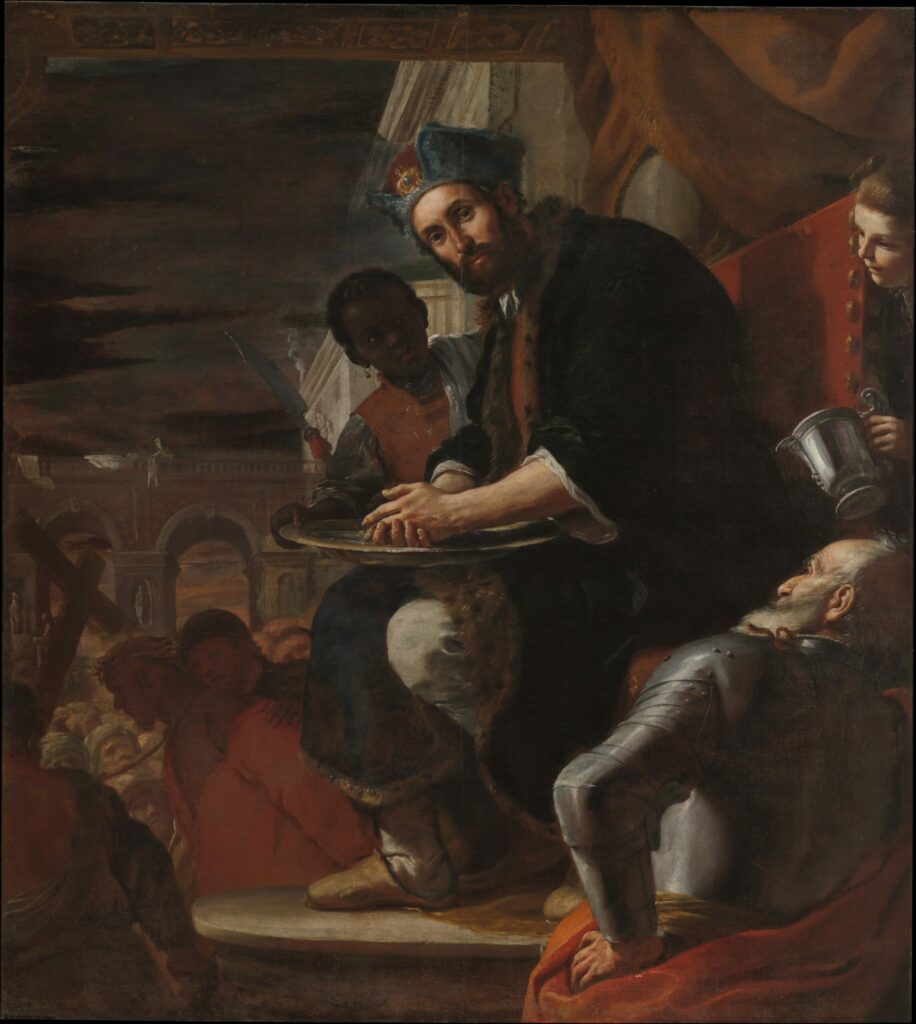
This work by Mattia Preti, painted in 1663, plunges us into a crucial moment of Christ’s Passion, treated with dramatic intensity characteristic of Italian Baroque.
The painter depicts Pontius Pilate in a gesture that has become a universal symbol of the denial of responsibility: the washing of hands.
The masterful composition revolves around this monumental figure, dressed in black and wearing a blue turban, who dominates the scene from an elevated position. The artist innovates by giving central place to the young African servant, whose penetrating gaze and expression convey the moral gravity of the moment. In the background, in shadows, one can discern the silhouette of Christ being led to his suffering, creating remarkable narrative and spatial depth. The intense chiaroscuro, typical of Caravaggism, dramatizes the scene, while touches of bright red strategically punctuate the composition, guiding the viewer’s gaze.
Further Context
- Pilate Washing His Hands, by Mattia Preti, 1663
- 206.1 x 184.8 cm
- The Metropolitan Museum of Art, Fifth Avenue, New York, exhibited in Gallery 620
- https://www.metmuseum.org/art/collection/search/437333
Mattia Preti (1613-1699), nicknamed “Il Cavalier Calabrese,” was one of the great masters of Italian Baroque. Trained in Rome in Caravaggio’s wake, he developed a personal style combining monumentality of figures and dramatic intensity. This work, created during his Maltese period (after 1661), testifies to his artistic maturity and his ability to treat biblical subjects with striking modernity. His stay in Malta, where he became a Knight of the Order of St. John, allowed him to observe a cosmopolitan Mediterranean society that influenced his manner of representing human diversity in his religious works.

